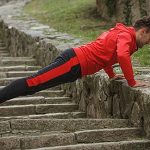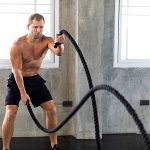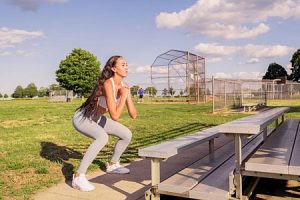In elite and amateur sports, mental toughness is often what separates the great from the good. While physical ability is essential, an athlete’s psychological strength often determines their performance under pressure, their ability to recover from setbacks, and their long-term success.
What Is Mental Toughness?
Mental toughness is the capacity to stay focused, composed, and determined despite challenges, pressure, or failure. It involves emotional resilience, confidence, motivation, and the ability to maintain peak performance in high-stakes environments.
Why It Matters
Athletes constantly face unpredictable and stressful scenarios. A basketball player must sink a free throw in the final second. A tennis player needs to bounce back from a lost set. A marathon runner has to push through fatigue in the final mile. In each case, mental toughness can dictate the outcome.
Core Components of Mental Toughness
-
Confidence
Belief in one’s own abilities helps athletes perform assertively, take calculated risks, and stay resilient in the face of adversity. -
Focus and Concentration
Athletes must filter out distractions and stay in the moment. Techniques like mindfulness and visualization play a critical role in maintaining concentration. -
Composure Under Pressure
High-stress situations can cause anxiety or panic. Mental toughness equips athletes to maintain clarity and execute strategies effectively even in the most tense moments. -
Motivation and Goal Setting
Mentally tough athletes set clear goals, monitor progress, and maintain drive even when progress is slow or obstacles arise. -
Resilience and Recovery
After a loss or injury, the ability to rebound mentally is crucial. Mentally tough athletes view setbacks as temporary and use them as learning opportunities.
How to Train Mental Toughness
-
Visualization: Imagining successful performance scenarios helps reinforce confidence and readiness.
-
Self-Talk: Positive and instructional inner dialogue can replace doubt with focus.
-
Breath Control: Regulating breathing reduces physiological symptoms of stress and anxiety.
-
Routine Development: Consistent pre-performance routines help create mental stability and reduce unpredictability.
-
Goal Tracking: Setting daily, weekly, and monthly goals can fuel motivation and create structure.
Case Studies: Champions Known for Mental Toughness
-
Michael Jordan: Known for turning failures into motivation, his “flu game” is a historic example of performing under adversity.
-
Serena Williams: Her mental fortitude has helped her come back from multiple injuries and personal challenges to stay dominant.
-
Cristiano Ronaldo: His work ethic and mental resilience are as notable as his physical talents.
Final Thoughts
Mental toughness isn’t just a trait—it’s a skill that can be developed and refined. For coaches and athletes, incorporating mental conditioning alongside physical training is essential for consistent, high-level performance. In a world where margins between victory and defeat are razor-thin, mastering the mental game can be the ultimate competitive advantage.




















